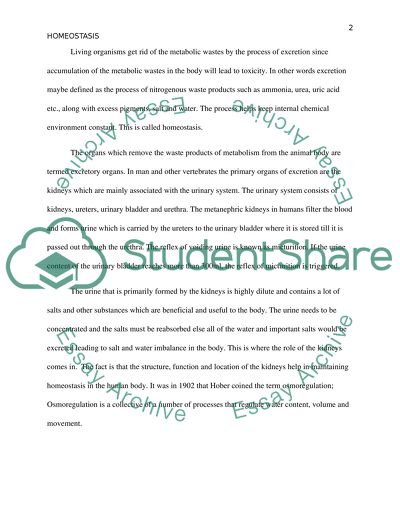Cite this document
(“Homestasis Essay Example | Topics and Well Written Essays - 1250 words”, n.d.)
Homestasis Essay Example | Topics and Well Written Essays - 1250 words. Retrieved from https://studentshare.org/biology/1624944-homestasis
Homestasis Essay Example | Topics and Well Written Essays - 1250 words. Retrieved from https://studentshare.org/biology/1624944-homestasis
(Homestasis Essay Example | Topics and Well Written Essays - 1250 Words)
Homestasis Essay Example | Topics and Well Written Essays - 1250 Words. https://studentshare.org/biology/1624944-homestasis.
Homestasis Essay Example | Topics and Well Written Essays - 1250 Words. https://studentshare.org/biology/1624944-homestasis.
“Homestasis Essay Example | Topics and Well Written Essays - 1250 Words”, n.d. https://studentshare.org/biology/1624944-homestasis.


